Choosing the appropriate garden size is critical to ensure that your gardening encounter is fun and rewarding. Whether you have a little garden allotment or a large outside area, this article will help you tailor your garden to your family’s nutritional preferences.
Various Garden Sizes To Provide For Your Family:
The number of people you are providing and whether you intend to prepare for summertime or year-round meals will determine how big of an outdoor area you should have. Like beliefs about how much product is needed to feed your loved ones, crop productivity varies greatly.
With an overview of garden dimensions and estimations of how much you could provide to nourishing your family of four, let’s get a better understanding.
So here we are planning to Grow on 100 square feet, below is the guidance:
Gardeners With Less Than 100 Square Feet Of Space:
A 10′ x 10′ (100 square foot) garden is the ideal size to begin gardening if you are new to the hobby. Plant five of your favorite vegetables and buy three to five of each. This will be uncomplicated to maintain and provide you with a small harvest for summertime dinners.
For beginners and those with little planting area, the botanical garden size is perfect. Additionally, it enables you to concentrate on cultivating some of your preferred crops.
9 Advice For Growing a Garden Big Enough For Feeding Your Family:
There is more to managing garden size to feed your family than just the actual size of your landscaping plot. To have a plentiful harvest, it entails making the most of your garden’s space and putting creative gardening techniques into effect.
The Following Nine Helpful Suggestions Will Help You Size Your Yard To Feed Your Family’s Needs:
1. Family Preferred Rating:
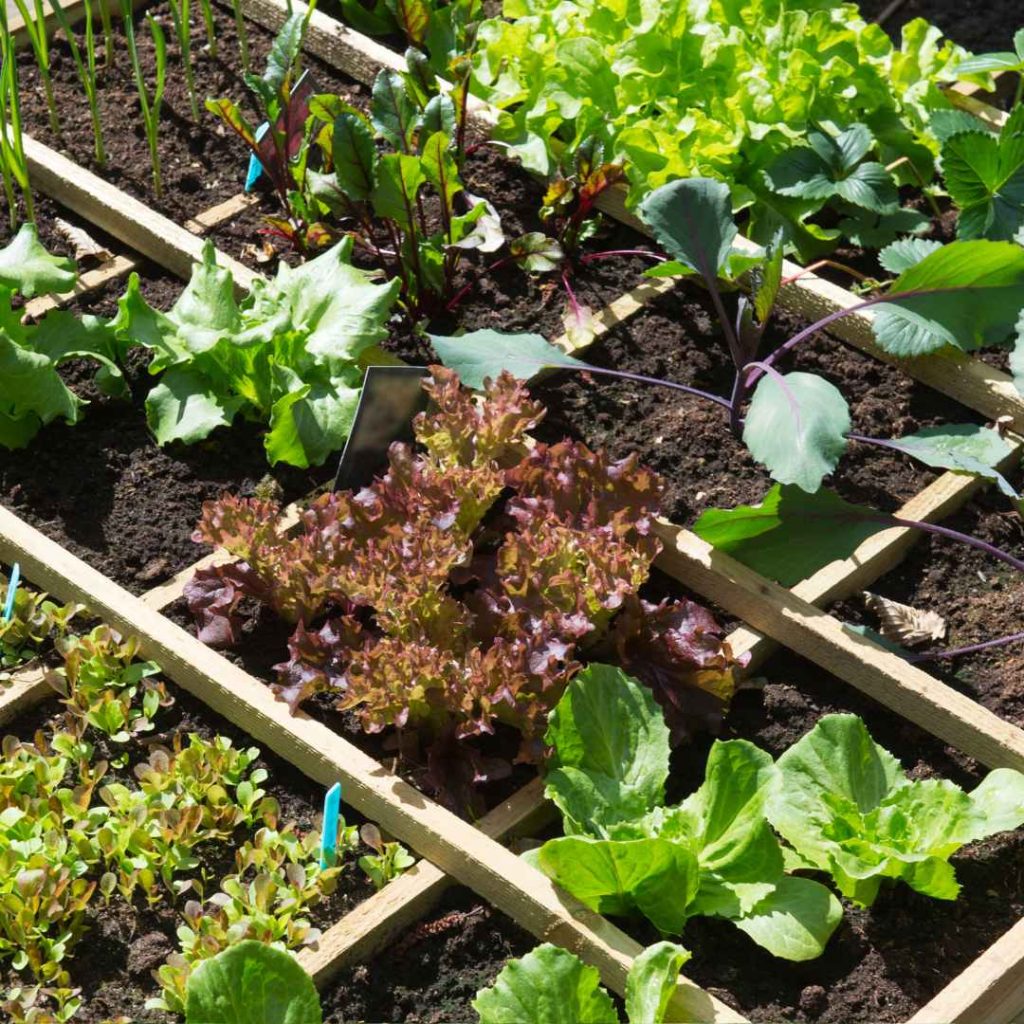
Knowing what your family likes to eat is the first phase in planning the size of your vegetable patch to feed them. Create an additional list of the veggies, fruits, and medicinal plants that are frequently used in your home.
This will help you choose what to plant and allocate space according to the agricultural products that will benefit your household.
2. Create a Versatile Garden:
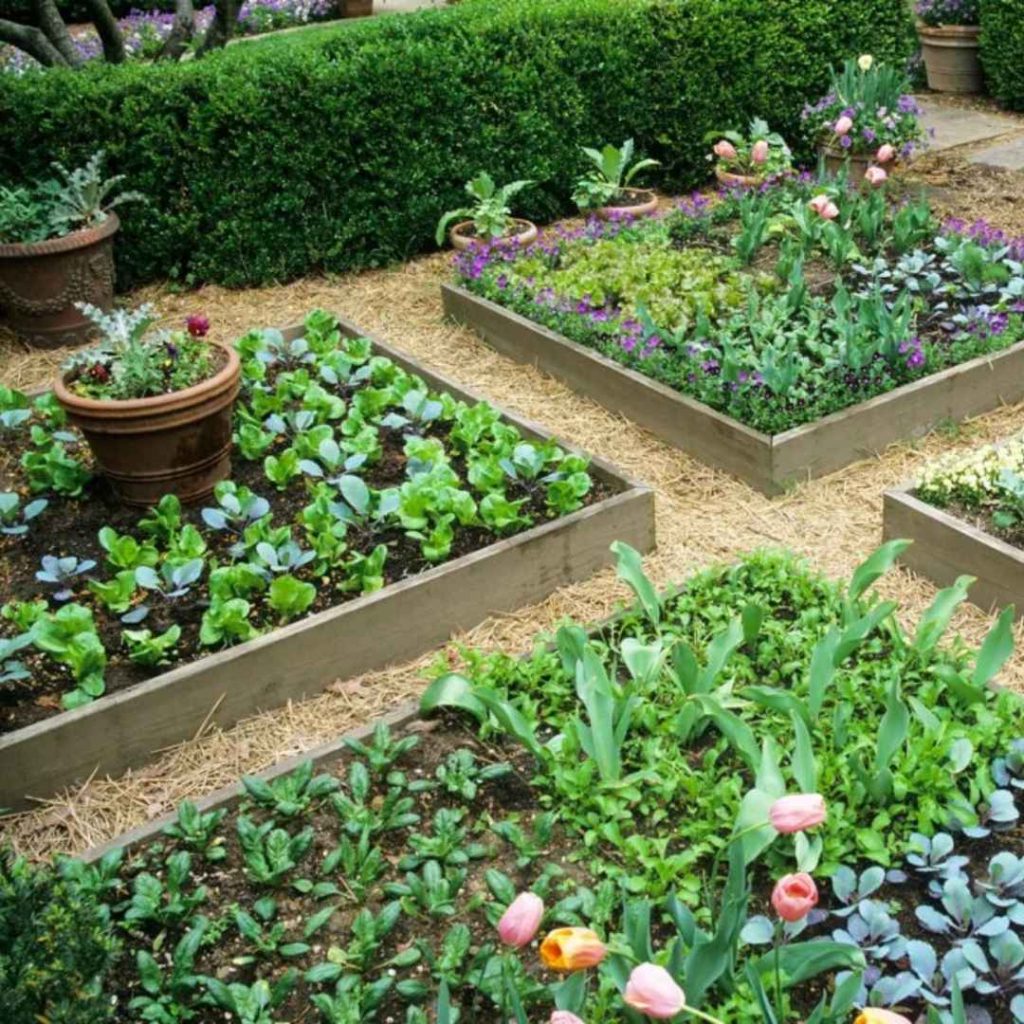
Creating a garden that offers a variety of vital nutrients and ingredients is a smart idea. Plant a variety of products that will effectively meet the nutritional and nutritional requirements of your household. For example, balancing high-calorie vegetables like potatoes with nutrient-dense nutritious greens like spinach and kale benefits.
3. Think About Storage Conditions:
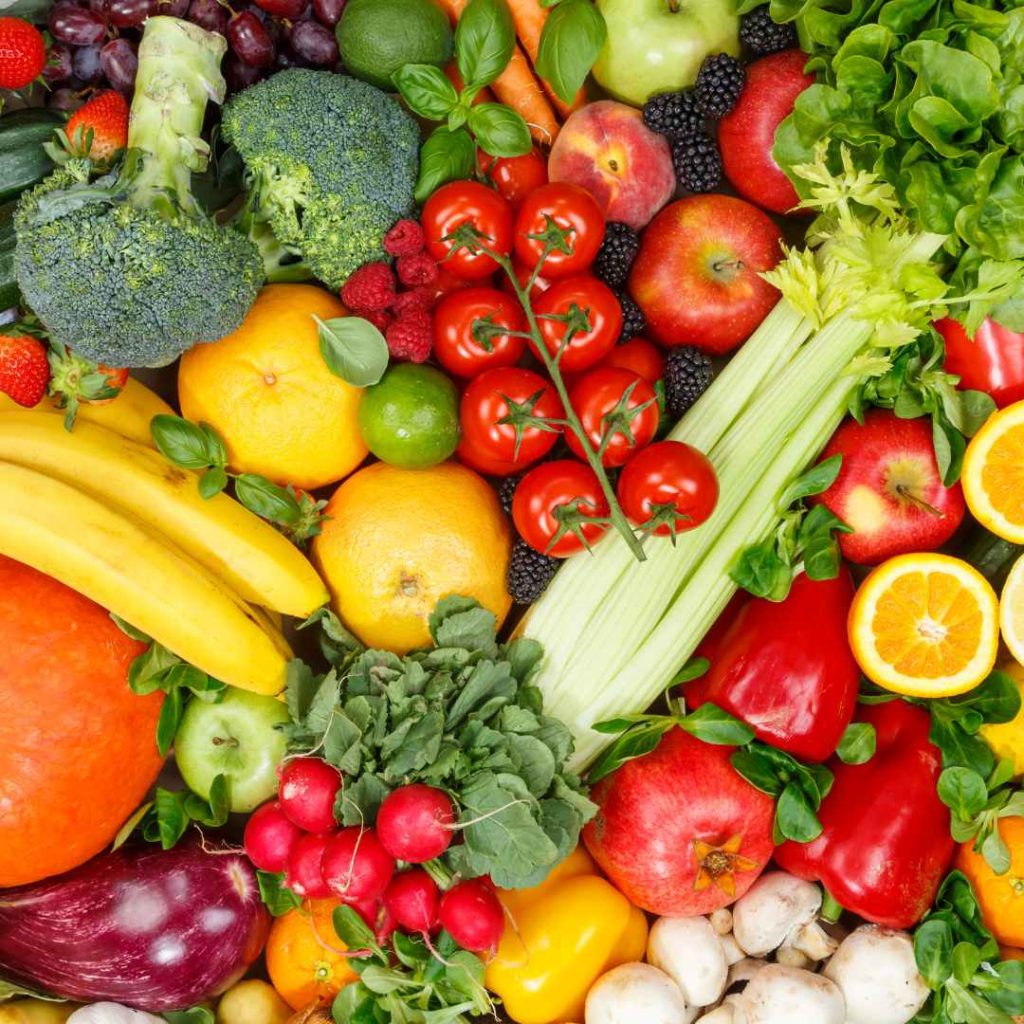
Take into account how much produce you wish to preserve for future use when determining the size of your family’s plot. Supply enough room in your gardening design for products that can be kept for a period of time, such as wintertime squash, garlic, and onions.
4. Make Use Of Vertical Space:
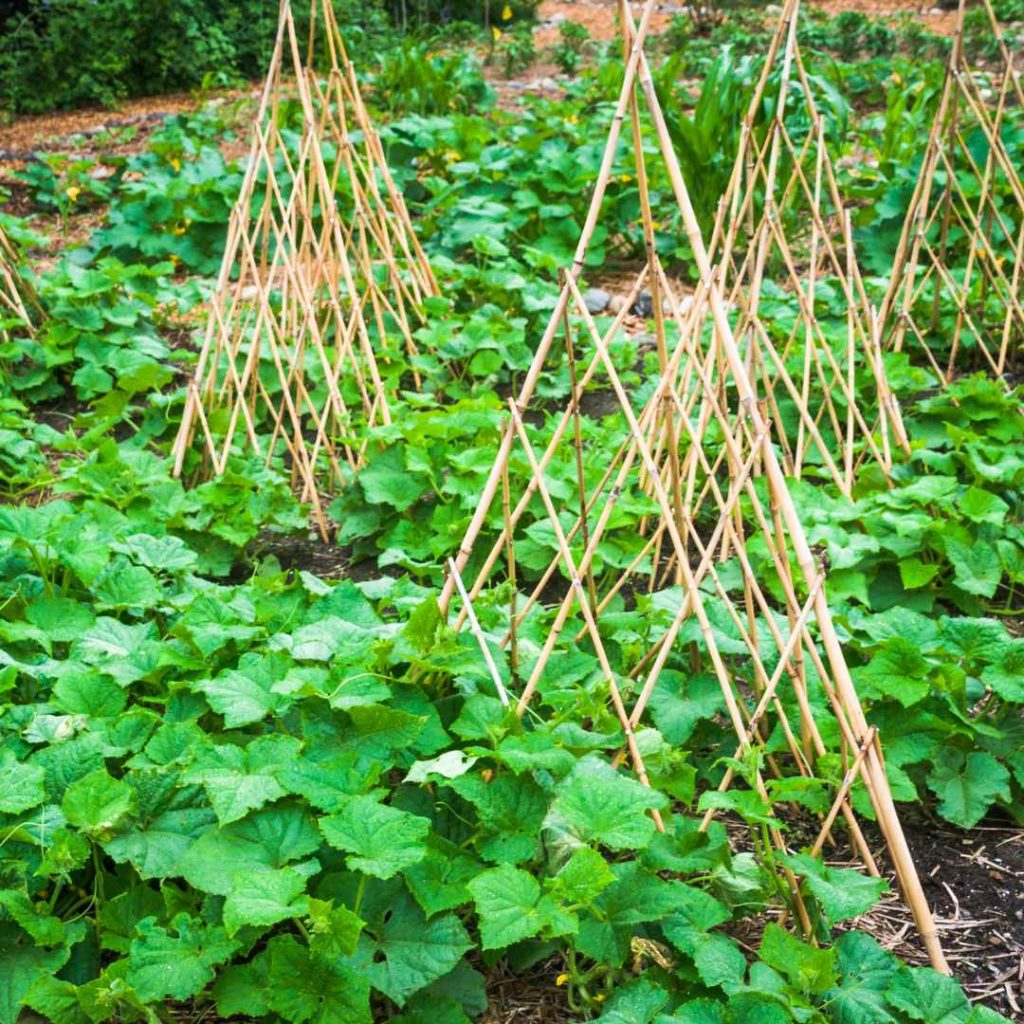
upward gardening is a method that boosts the output of your garden. On pergolas or along fencing, grow vine-like vegetables such as beans, cucumbers, and peas. To give herbs and other tiny crops more space, you may also think about using dangling containers and stacked containers.
5. Succession Planting:
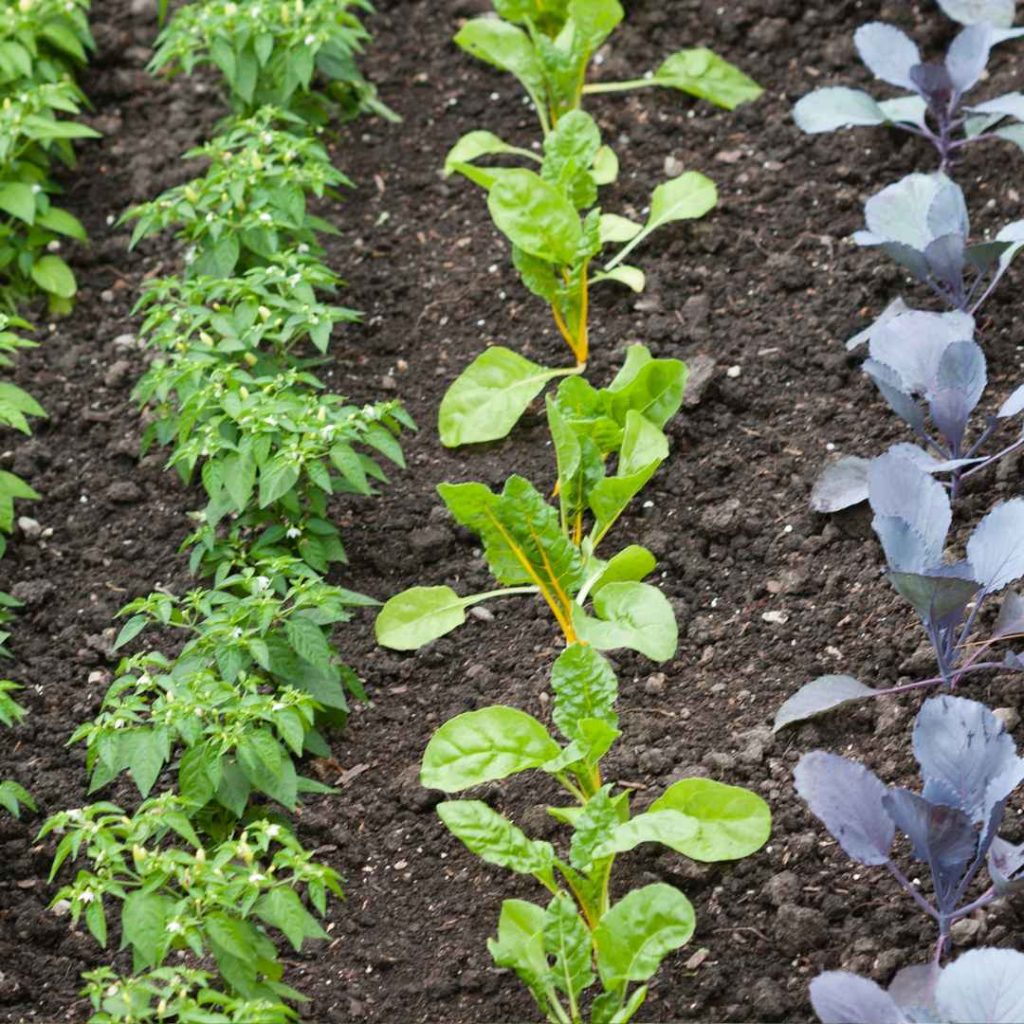
Use this technique to ensure that your garden always has a source of newly harvested produce. As quickly as the previous season’s crop is harvested, an alternative one is planted. Longer-season vegetables like tomatoes can be planted after vegetables that develop quickly
6. Companion Planting:

Companion Planting is the practice of producing crops that complement one another in a certain manner. While some plants increase soil quality, others provide insect protection for your primary crop. For example, marigolds and tomatoes can be planted together to help keep parasites away.
7. Start Modest:
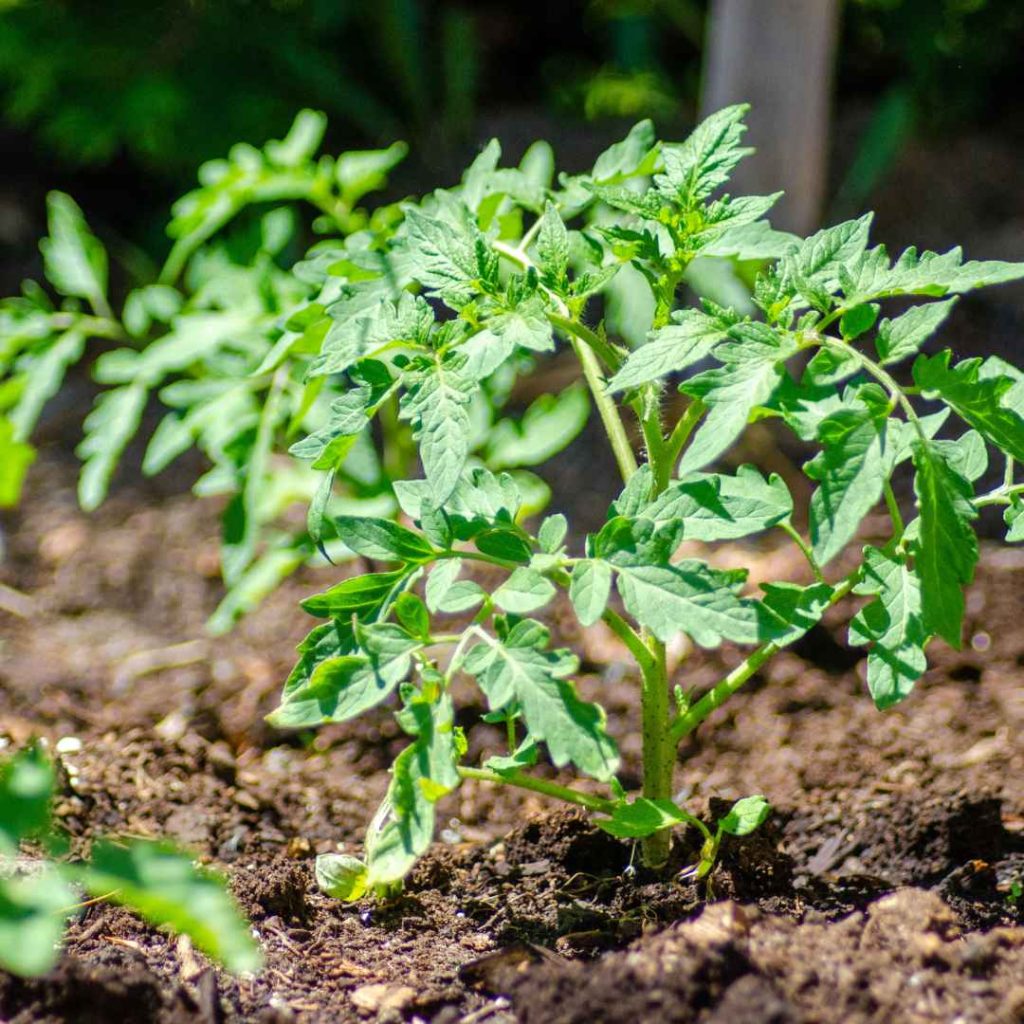
Start with a modest gardening patch if horticulture is new to you. It will instruct you on all the essential facets of gardening, including methods and strategies for growing plants. As time goes on, you will develop your landscaping skills, knowledge, and self-assurance, allowing you to grow your vegetable patch in later seasons.
8. Soil Enriching Substances:

The foundation of a successful garden is fertile ground. Take the time to enrich your soil with composting, biological matter, and other appropriate fertilizers. A healthier crop results from plants grown in properly nourished ground.
9. Routine Upkeep:
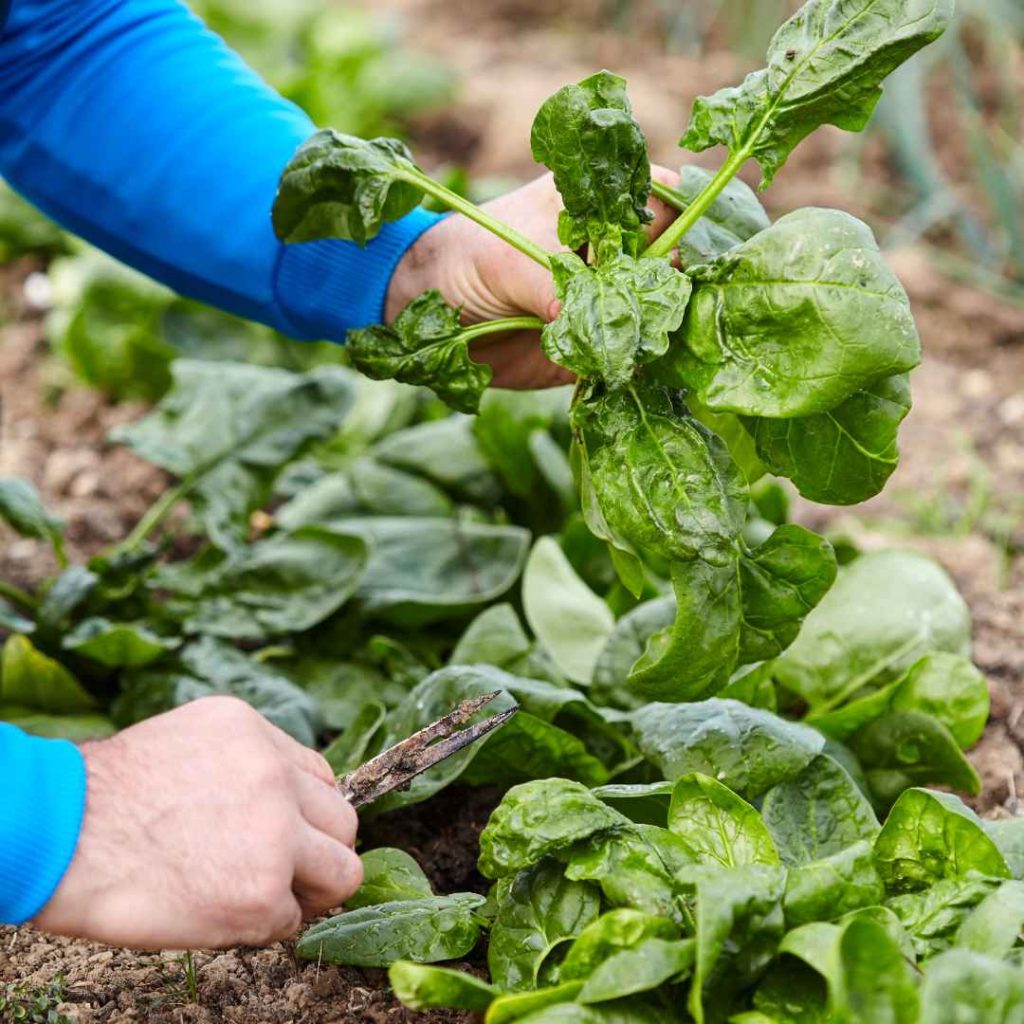
You should set aside time to maintain your landscape. Well-established plants need to be properly cared for. To avoid issues that could harm your gathering, you need to adhere to specific gardening methods, such as routine irrigating, pruning, and pest control.
Periodic garden monitoring will help you identify problems early on and will give you a bulk quantity of food.
In Summary,
Growing a garden for your family’s food needs careful planning, a little trial and error, and a lot of perseverance. Although the topic of how large a garden should be for your family cannot be answered in a general way, you can tailor your garden to your family’s specific nutritional needs and tastes.
